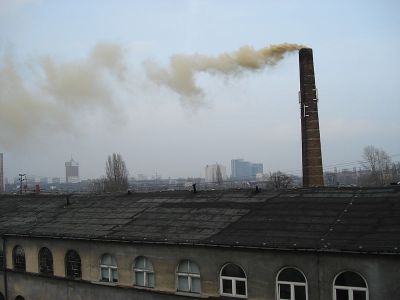Particulate
matter or aerosols are one of the key problems for increasing air
quality in Europe. Field studies and modelling work alone are not
adequate for studying atmospheric processes. However, simulation
chambers offer a unique opportunity to further enhance understanding
toward this field.
Initial advances in large chamber development had first occurred in
the United States and Japan. Yet, Europe is now the leader in the use of
large, highly instrumented chambers for atmospheric model development
and evaluation. Smaller chambers operated by experts in their fields
have been supplementing excellently larger chambers. The integration of
all these environmental chamber facilities within the context of the
EU-funded project 'Integration of European simulation chambers for
investigating atmospheric processes - part 2' (EUROCHAMP-2) promoted the retention of Europe's international position of excellence.
In total, 14 project partners developed a grid of environmental
chambers for studying atmospheric processes. These research facilities
were created to study the impact on regional photochemistry, global
change, cultural heritage and human health under representative
atmospheric conditions.
EUROCHAMP-2 led to developing novel and refine existing analytical
devices of environmental chambers to successfully detect atmospheric
trace species. These included volatile organic compounds, inorganic
trace gases and free radicals. Another focus was to characterise aerosol
particles to understand their role in atmospheric processes.
Besides optimising existing devices, a number of analytical devices
needed to be completely redesigned or used for the first time in
conjunction with an environmental chamber. Highly specific equipment
were developed in a mobile form to facilitate their transportation to a
certain chamber and used in selected experiments independently of
location.
EUROCHAMP-2 worked on techniques for generating aerosols with
well-defined physical properties to perform particle ageing,
transformation and freezing experiments. Furthermore, it provided
techniques to characterise aerosols in such experiments concerning their
physical and chemical properties.
Within EUROCHAMP, each chamber set up its database for storing
experimental data. The fruitful collaboration between partners resulted
in a number of scientific publications, presentations at scientific
conferences and PhDs.
 EN
EN  CS
CS DE
DE ES
ES FR
FR HU
HU IT
IT PL
PL PT
PT РУ
РУ SK
SK TR
TR УК
УК AR
AR 中文
中文







